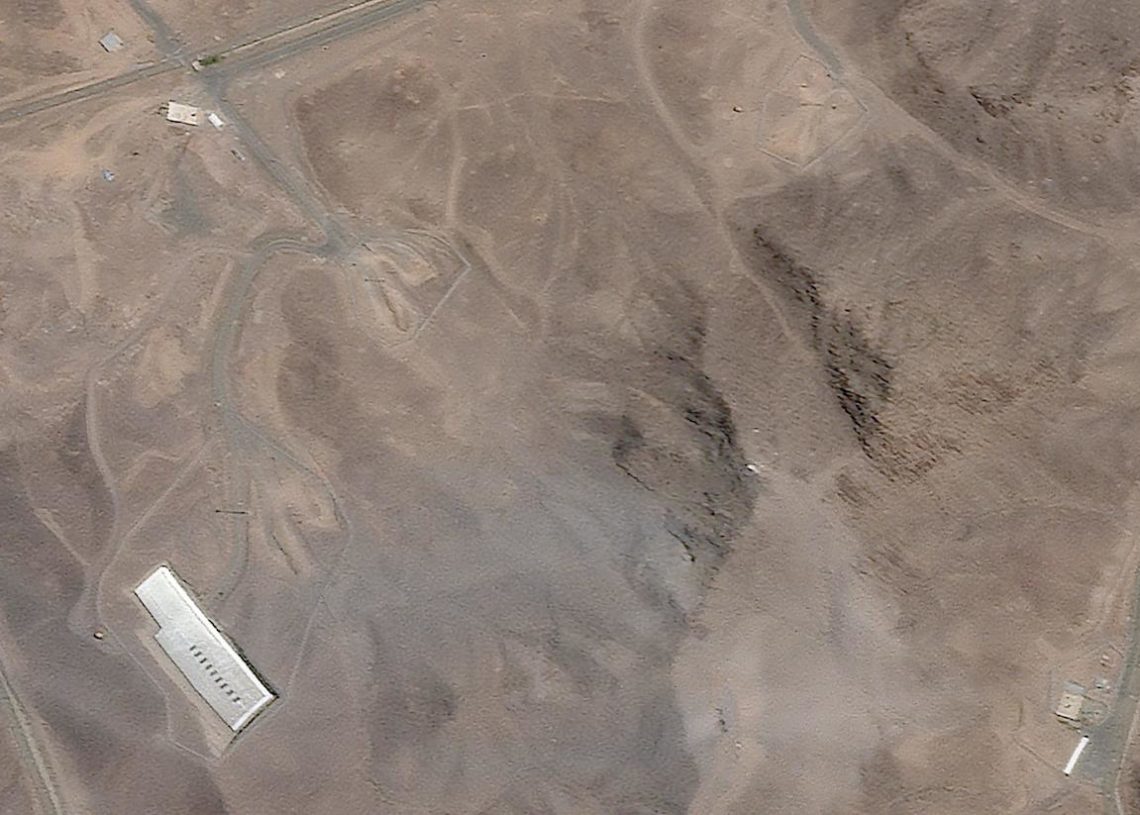WASHINGTON – The June 21 attack on three of Iran’s nuclear facilities was weeks in planning, started with a decoy flight of B-2 stealth bombers over the Pacific Ocean and culminated with the first use of the Pentagon’s most powerful conventional bombs.
The attack, dubbed Operation Midnight Hammer, involved more than 125 warplanes, submarines and surface warships, Air Force Gen. Dan Caine, chairman of the Joint Chiefs of Staff, told reporters the morning after the attack. It has also has put 40,000 U.S. troops in the region on high alert for potential retaliation from Iran.
“This was a highly classified mission with very few people in Washington knowing the timing or nature of this plan,” Caine said.
More: How does a bunker-buster bomb work? A closer look at the GBU-57
Caine described a timeline for the attack that began around 12 a.m. June 21.
It began with B-2 bombers taking off from Whiteman Air Force Base in Missouri. Several of the stealth warplanes, the only ones capable of carrying the Pentagon’s most powerful bunker buster, headed west over the Pacific.
That was, Caine said, “a deception effort known only to an extremely small number of planners and key leaders here in Washington and in Tampa,” where U.S. Central Command is headquartered.
The attack force included seven of the 19 B-2 bombers in the Pentagon’s fleet. Each stealth plane has a crew of two, and they flew east “with minimal communications throughout the 18-hour flight into the target area,” Caine said.
The B-2s needed to be refueled in midair multiple times, Caine said. They linked up with other warplanes as they neared Iran.
At about 5 p.m. East Coast time, a U.S. Navy submarine launched more than two dozen Tomahawk land-attack cruise missiles at Isfahan, one of three Iranian nuclear sites targeted.
Caine referred to “several deception tactics, including decoys,” being deployed as the warplanes pierced Iranian airspace. He noted the use of fourth- and fifth-generation warplanes without specifying the type of warplane. Fourth-generation aircraft include workhorse attack planes like the F-15 and F-18, while fifth-generation are stealthy, like the Air Force’s most sophisticated plane, the F-22.
Those aircraft used “high-speed suppression weapons,” Caine said. Those were likely missiles used to destroy radars that can target warplanes with surface-to-air missiles. It appears the Iranians did not fire at U.S. warplanes, he said.
At about 6:40 ET, just after 2 a.m. in Iran, the lead B-2 bombers dropped two GBU-57 massive ordnance penetrators at the deeply buried nuclear site of Fordow, Caine said. In total, the planes dropped 14 of the massive bunker busters.
The attack on the three sites lasted about 25 minutes, he said.
“Iran’s fighters did not fly and it appears that Iran’s surface-to-air missile systems did not see us throughout the mission,” Caine said. “We retained the element of surprise. In total, U.S. forces employed approximately 75 precision-guided weapons during this operation.”
Assessing damage to the sites will take time, Caine said. But initial indications are the three sites “sustained extremely severe damage and destruction.”
Iran has vowed to retaliate, and the Pentagon has 40,000 troops within range of Iran’s ballistic missiles, according to a senior U.S. official. The Pentagon, in the run-up to the attack, had been fortifying its defenses, sending a second aircraft carrier strike group to the region and putting troops on increased alert.
‘Very few people in Washington’ knew of bombing
Caine told reporters that the operation was kept under tight wraps and that Congress was notified only after the strikes.
Caine and Hegseth emphasized that the mission maintained tight “operational security.” In March, Defense Secretary Pete Hegseth‘s texts of plans to attack the Houthis, Iranian proxy forces in Yemen, were accidentally leaked, including a message to other Trump officials that they were “clean” on operational security. National Security Adviser Mike Waltz was fired in the aftermath.
“I am particularly proud of our discipline related to operational security, something that was of great concern to the president, the secretary, (head of U.S. Central Command) General Kurilla, and me,” Caine said.
This article originally appeared on USA TODAY: Details revealed of Trump’s mission to bomb Iran’s nuclear facilities
The post Details revealed of secret US mission to bomb Iran appeared first on USA TODAY.




